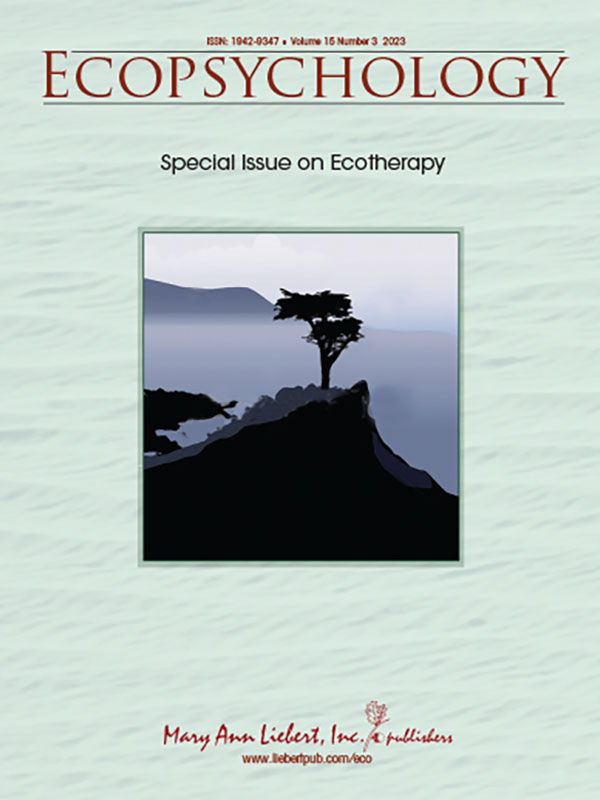Research Article
The Meaning of the Physical Environment in Child and Adolescent Therapy: A Qualitative Study of the Outdoor Care Retreat
Publication Date:
DOI: https://doi.org/10.1089/eco.2022.0087
Abstract
Research on common factors in therapy largely focuses on qualities in the therapist, relationship, or client, with little attention to the meaning of the physical environment. This study contributes to the literature on common factors, aiming for a qualitative in-depth analysis of the ways place, nature, and natural materials affect therapy with hospitalized chronically ill children. The study compares the experience of therapy in the Outdoor Care Retreat (OCR)—an architect-designed cabin in a natural setting behind the Oslo University Hospital in Norway—with therapy in a traditional hospital setting. The findings are based on two group interviews with seven leaders, six individual interviews with therapists (psychologists, social workers, and medical doctors), and four individual interviews with parents of hospitalized chronically ill children. The qualitative data were analyzed according to reflexive thematic analysis and categorized into eight main themes. The (1) affordances of the OCR positively influenced the therapy. The analysis yielded examples of positive influence from the natural setting and materials on both child and therapist, in terms of (2) natural bodily reactions, (3) multifaceted role activation, (4) situations of opportunities, (5) restorative emotional reactions, (6) stronger alliance, and (7) valuable expectations. The subthemes demonstrate which mechanisms were in play, and how these contribute to (8) therapeutic flow in a holding environment. The case study demonstrates the value of considering place and nature for therapy with children. A model of the meaning of the physical environment in therapy is proposed, to be tested in further research.
